The Intergovernmental Executive Committee met recently at the Fallon Convention Center where members heard an update from various Navy personnel responsible for areas of the Training Range Modernization effort.
Directed by Congress, the IEC serves as an advisory board for facilitating government-to-government and intergovernmental coordination, as well as providing for the exchange of views, information, and advice in matters regarding the management of the natural and cultural resources within the existing and proposed withdrawal for the FRTC land area and airspace.
While the plans for expanding the Fallon Range Training Complex was not included in the National Defense Authorization Act approved in December, the Navy is continuing to work with the Nevada congressional delegation in Washington, D.C., with the hope the legislation will be included in the 2023 NDAA.
Attending the meeting was incoming Commanding Officer Capt. Shane Tanner, who will assume command of NAS Fallon in March.
Cmdr. Scott Beyer, NAS Fallon’s Public Works Officer, reviewed what actions the Navy is taking to mitigate any impacts from training relating to land, cultural, and natural resources. He presented an overview on each range and its training mission. Training includes ground and air training, air-to-ground munitions delivery and rotary-wing strafing. The Dixie Valley Training Area provides a variety of training from convoy to helicopter mountain flying to Naval Special Warfare activities.
Focus areas for cultural resources and tribal engagement are emphasizing the development of meaningful, lasting relationships with stakeholder tribes, a complete ethnographic study, and cultural surveys of the proposed withdrawal areas to preserve and protect known cultural resources.
According to Beyer, cultural resources and tribal engagement commitments cover several areas. A revision of the programmatic agreement has begun. A Memorandum of Agreement with the Fallon tribe is being developed to ensure continued access to tribal lands. An archaeological inventory is being taken for the expansion areas of the B-17 and B-20 training areas along with ethnographic studies of selected sites, including B-20. The Navy is committed to building a more robust tribal program with the hiring of a tribal liaison officer and tribal relations director. The tasks of the program will include assisting in ensuring the expansions will avoid sacred sites and traditional cultural areas, maintaining relationships with the tribe, and developing an extensive outreach program consisting of job openings, archaeological site visits and economic development opportunities. A comprehensive system for the management of data and sensitive information with be established.
Natural resources focus areas will include multiple land use in the Dixie Valley, the Dixie Valley toad and tui chub and bighorn sheep.
Natural resources commitments are focusing on multiple issues. A sage grouse noise study in development with the Nevada Department of Wildlife, U.S. Fish and Wildlife Service and the U.S. Geological Survey will be completed. In B-17, a bighorn sheep hunt Memorandum of Agreement is completed. An Integrated Natural Resources Management Plan revision for existing lands is in progress. A Wildlife Fire Management Plan for existing lands is in progress, and Conservation Law Enforcement Offices are under review to add Navy positions at NAS Fallon.
The Natural Resource goals include continuing to build partnerships and pursue opportunities for regional management of natural resources through collaborative projects that look beyond FRTC boundaries. Including revising the INRMP to build a more robust and comprehensive NR program and identify new projects to effectively manage resources on a modernized FRTC. Building volunteer and citizen science opportunities with public/non-governmental organizations to support INRMP goals and objectives on the FRTC is ongoing as is the continued management of resources enabling continued mission accomplishment at NAS Fallon.
Ann Schofield, Natural Resources Manager with the NAS Fallon Public Works Department, updated the progress on the Wildlife Fire Management Plan final draft. There has been input received from the Fallon Paiute Shoshone Tribe, NDOW, Churchill County, BLM, USFWS and NAS Fallon. The preliminary finalization is scheduled for March.
Mike Baskerville, an archaeologist with NAS Fallon, said inventory of 117,000 acres of the B-20 Range expansion is underway. Crews have completed about 19,713 acres through four field rotations. Each field crew has one Native American representative, typically, there are between three to five tribal representatives on each rotation. He said the proposed modernization area associated with the B-16 Range has been completely inventoried as part of the EIS process.
Kish LaPierre, NAS Fallon Tribal Liaison, provided information on several of the activities involving the tribes. Actions have included the Draft Tribal Access Memorandum of Agreement, the ethnographic and archaeological inventories in B-20, the Greenbelt Archaeological Inventories, future archaeological inventories in B-17’s Area 48, draft Wildland Fire Management Plan and tribal consultation, B-16 fence installation, an off-range ordnance draft report, and meetings with the Walker River Paiute Tribe. LaPierre also made mention of a letter sent by the Secretary of the Navy to the Fallon Paiute Shoshone Tribe.
The committee will meet again this spring, likely in April.


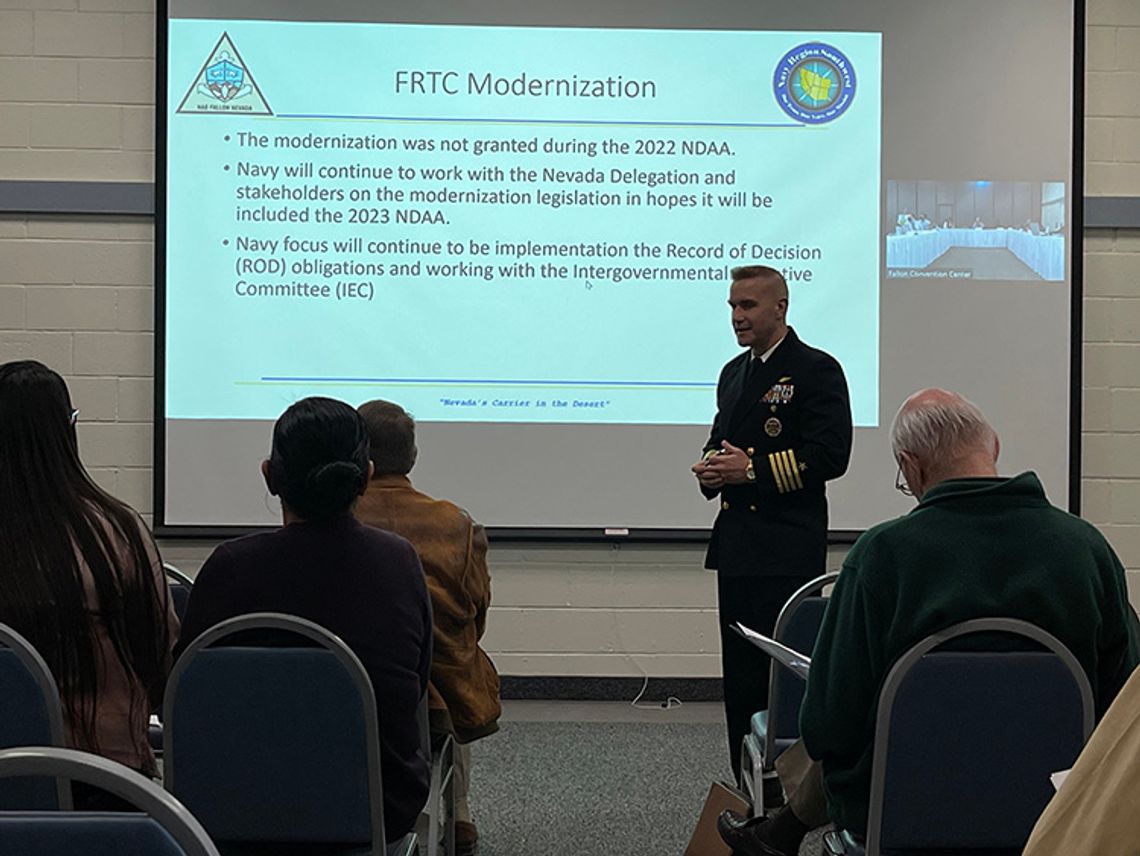
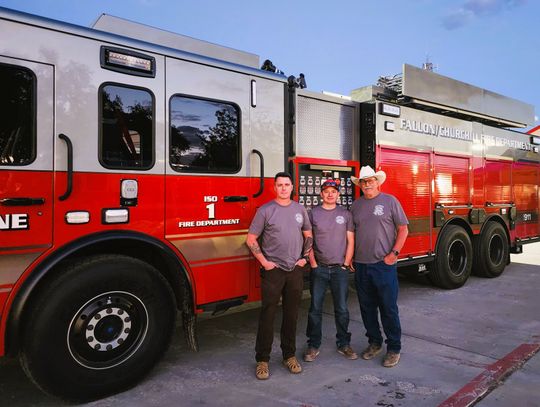
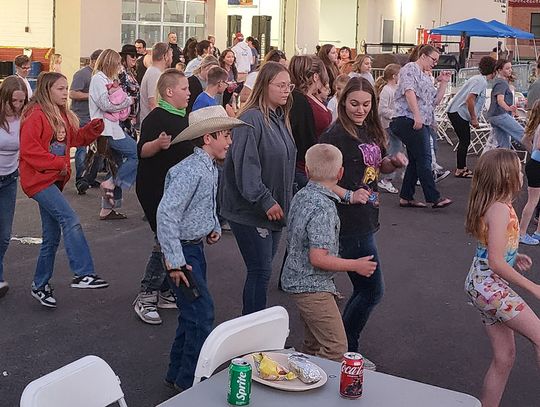
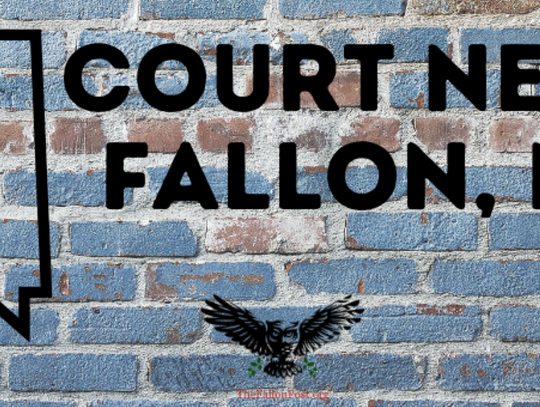
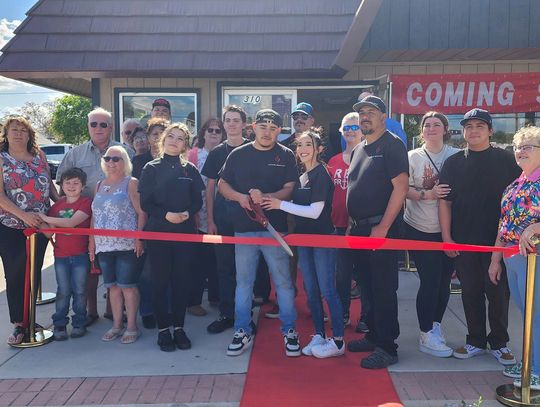


Comment
Comments